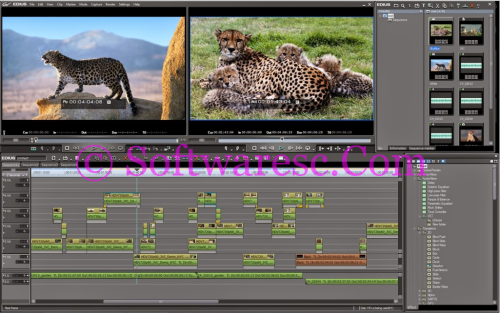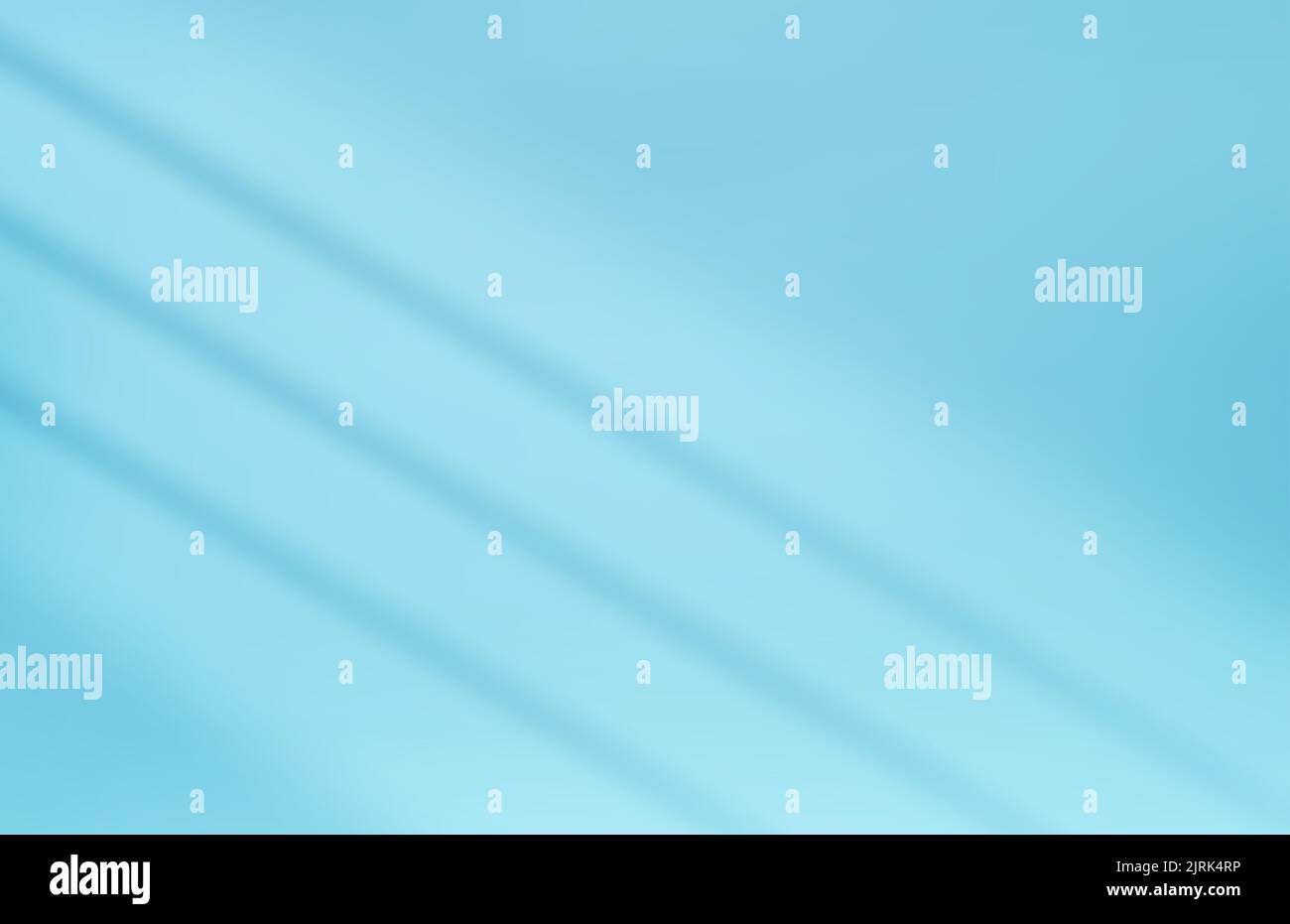

In camera settings, you can enter the camera, lock its position and set up the depth of field. Now it’s time to set up a view - you can create a camera or just set up a view you like and hit render (In the render tab you can choose the render quality, resolution and also play with effects such as contrast, saturation etc.) To create a new camera view just set your view to your liking and click on the camera icon in the top bar.

Lights - this one is totally up to your personal preferences- you can use lights (I recommend the rectangular light for soft shadows or the sphere light for more harder shadows), or you can choose an HDRi environment in the library to light up the scene. If you want to make it more colorful just change the color for each object (you can use the color picker in material editor) 4. If you want to achieve a monochromatic look (everything in one color) select all (ctrl+A) and pick a color in the material editor.

When you finish composing It's time for colors. If you want the scene in the infinite space, you can use a shadow plane which can cast shadows under objects (It is an infinite floor) 3. For walls and basic geometric shapes, you can use parametric primitives from the Object mode. If you don't find the desired models in the library you can create them from scratch in Vectary. I recommend to browse their library and search for objects you want to put into your scene (I made it the same way - all objects are just dragged and dropped from the Vectary library) 2. Vectary is a powerful tool thanks to its modeling capabilities and a rich library of materials and models. I think I can give you a simple step by step description of how to achieve a similar result. I believe you mean this visual from the Vectary's homepage Hi, I am the author of the Vectary graphics.


 0 kommentar(er)
0 kommentar(er)
